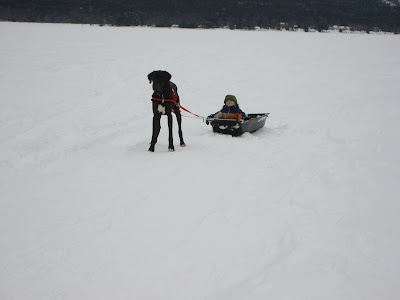Millions starved to death in China, Russia and across Europe. I've read about Japanese subsisting on not much more than acorns. I've traveled in Zimbabwe and Haiti, and seen true hunger first-hand.
During the First World War, Herbert Hoover's slogan was "Food will Win the War". Americans were urged to conserve and produce. Victory Gardens were planted in vacant lots, on rooftops, in road medians.
With our country at war and with inflation, taxes, food and fuel prices going nowhere but up, the concept of a Victory Garden may become frighteningly valid again in the near future. Wars almost always have huge impacts on food production, processing and distribution. May as well get a head start. Don't wait until the boat sinks to learn to swim.
Your home's landscaping can be edible. Even a small yard has enough room for a few fruit trees and a little garden. Persimmon trees are productive as well as ornamental. Blueberries make attractive hedges. Space-wise, tomatoes and beans are probably the most bang for the buck. Along a fence they'll take up even less space by growing vertically as well as horizontally. A couple pots on an apartment balcony are better than nothing.
A half dozen hens will keep a family of four supplied with plenty of eggs and an occasional chicken dinner. They're surprisingly easy and satisfying to keep, won't disturb your neighbors if there's not a rooster with them, and they'll consume your kitchen scraps and leftovers. Contrary to uninformed popular opinion, they don't stink if they aren't crowded. (How do you think you'd smell if you lived, ate and crapped in a crowded cage?) If you keep them in a portable bottomless pen - called an "ark" or "tractor" - they'll do the tilling, fertilizing and bug control in your garden for you. What's not to like about amusing mobile lawn ornaments that turn garbage and bugs into eggs, meat and fertilizer?
Build a chicken tractor. Plant at least some open-pollinated heirloom beans and tomatoes. (If you don't understand what I just said, Google is your friend.) Save the best seeds from your best plants to plant next year. Learn to identify both harmful bugs and beneficial bugs. Learn to eat eat your weeds - some of the ones you'll be pulling are healthier and tastier than any lettuce you can grow. Educate yourself. Enjoy the fresh air. Improve your physical and psychological health and perhaps discover an absorbing hobby.



